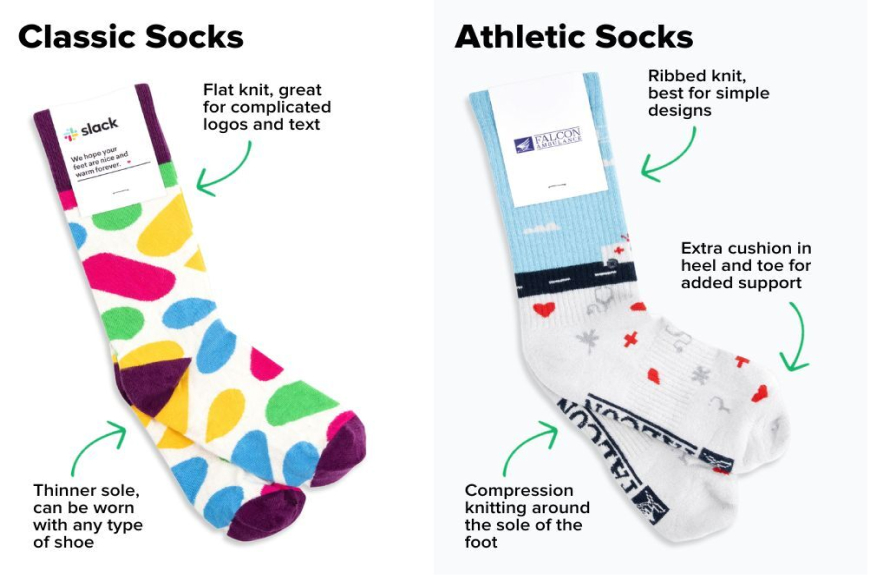Running without socks has gained popularity among some athletes seeking a more natural feel and enhanced performance. While it may seem unconventional, going sockless can offer several benefits for runners. However, it's essential to approach this practice with caution and proper preparation. In this post, we'll explore the advantages of running sockless and provide best practices to ensure a comfortable and safe experience.
The Benefits of Running Sockless
Running without socks can provide a more direct connection between your feet and shoes, potentially improving proprioception and overall feel for the ground. This enhanced sensory feedback may lead to better running form and a more natural stride. Additionally, eliminating socks can reduce weight and bulk, which some runners find beneficial for speed and agility.
Another advantage is the potential reduction in blisters caused by sock bunching or seams. However, it's important to note that running sockless doesn't guarantee blister prevention, as other factors like shoe fit and foot moisture also play significant roles in blister formation.
Best Practices for Sockless Running
If you're considering trying sockless running, it's crucial to start gradually and take proper precautions. Begin with shorter distances to allow your feet to adjust to the new sensation. Pay close attention to any hot spots or discomfort, as these could indicate potential issues.
Choosing the right shoes is paramount when running sockless. Look for models specifically designed for sockless wear, which often feature seamless interiors and moisture-wicking properties. It's also essential to ensure a proper fit, as ill-fitting shoes can lead to blisters and other foot problems.
Maintaining good foot hygiene is crucial when running without socks. Make sure to clean your feet thoroughly before and after runs, and allow your shoes to dry completely between uses. Some runners find it helpful to use foot powder or anti-chafing products to reduce friction and moisture.
Potential Risks and Considerations
While running sockless can offer benefits, it's not without risks. Increased friction and moisture can lead to blisters, hot spots, and skin irritation. Additionally, the lack of cushioning provided by socks may increase the risk of impact-related injuries.
It's also worth noting that running sockless may not be suitable for everyone. Those with existing foot conditions, sensitive skin, or a history of foot injuries should consult with a healthcare professional before trying this approach.
Alternatives to Sockless Running
If you're intrigued by the concept of a more minimalist running experience but aren't ready to go completely sockless, there are alternatives to consider. Ultra-thin running socks can provide a similar feel while still offering some protection and moisture-wicking benefits.
Another option is to explore different types of running socks designed to address specific concerns, such as blister prevention or improved breathability. These specialized socks can offer many of the benefits sought by sockless runners while providing additional protection.
Transitioning to Sockless Running
If you decide to try running without socks, it's essential to transition gradually. Start with very short runs, perhaps just a few minutes, and slowly increase the duration as your feet adapt. Pay close attention to how your feet feel during and after these runs, and be prepared to adjust your approach if you experience any discomfort or issues.
Wrapping Up
Running sockless can be an interesting experiment for some runners, potentially offering benefits in terms of feel, performance, and reduced bulk. However, it's crucial to approach this practice with caution, proper preparation, and an understanding of the potential risks. By following best practices and listening to your body, you can determine whether sockless running is right for you. Remember, there's no one-size-fits-all approach to running, and what works best for you may be different from what works for others.


